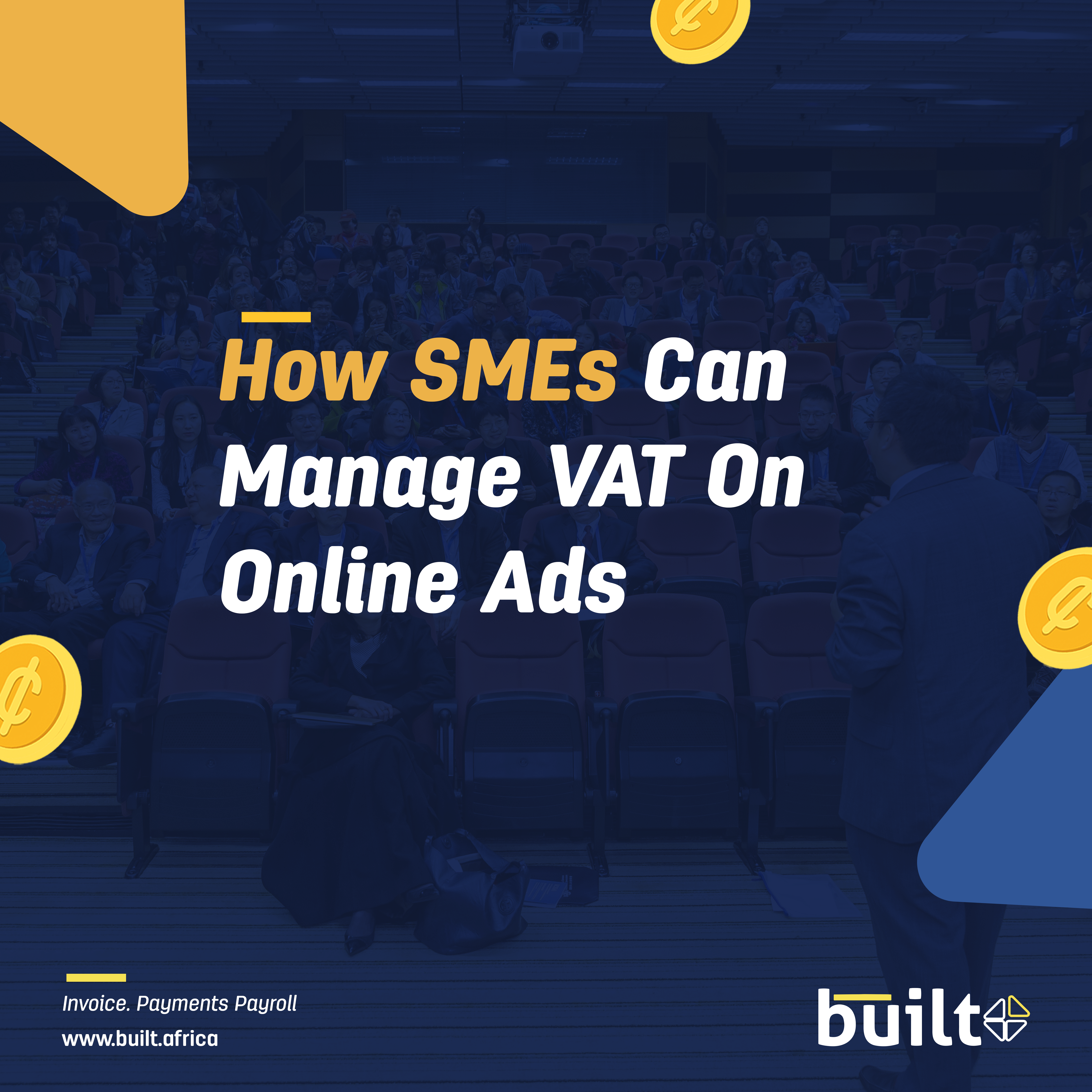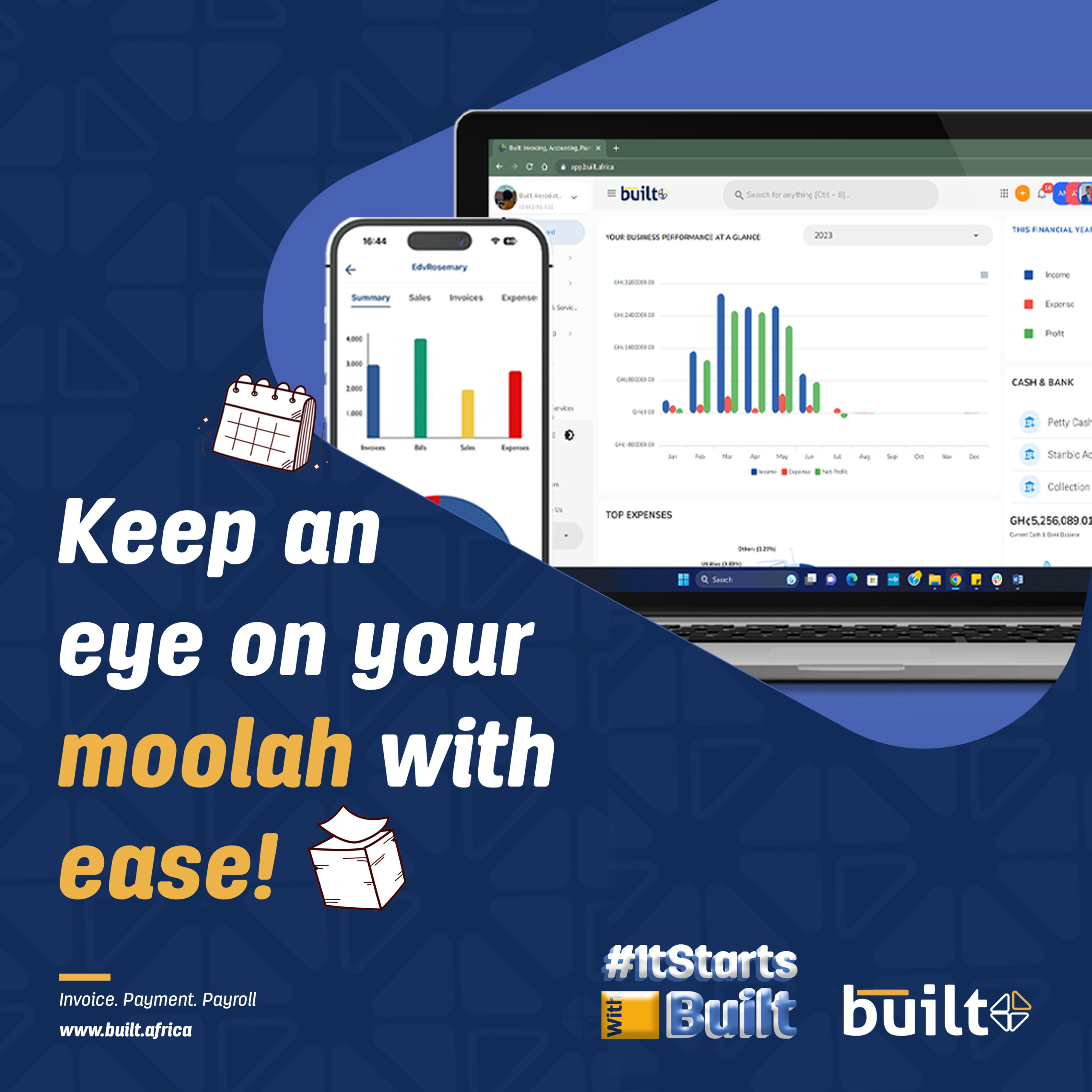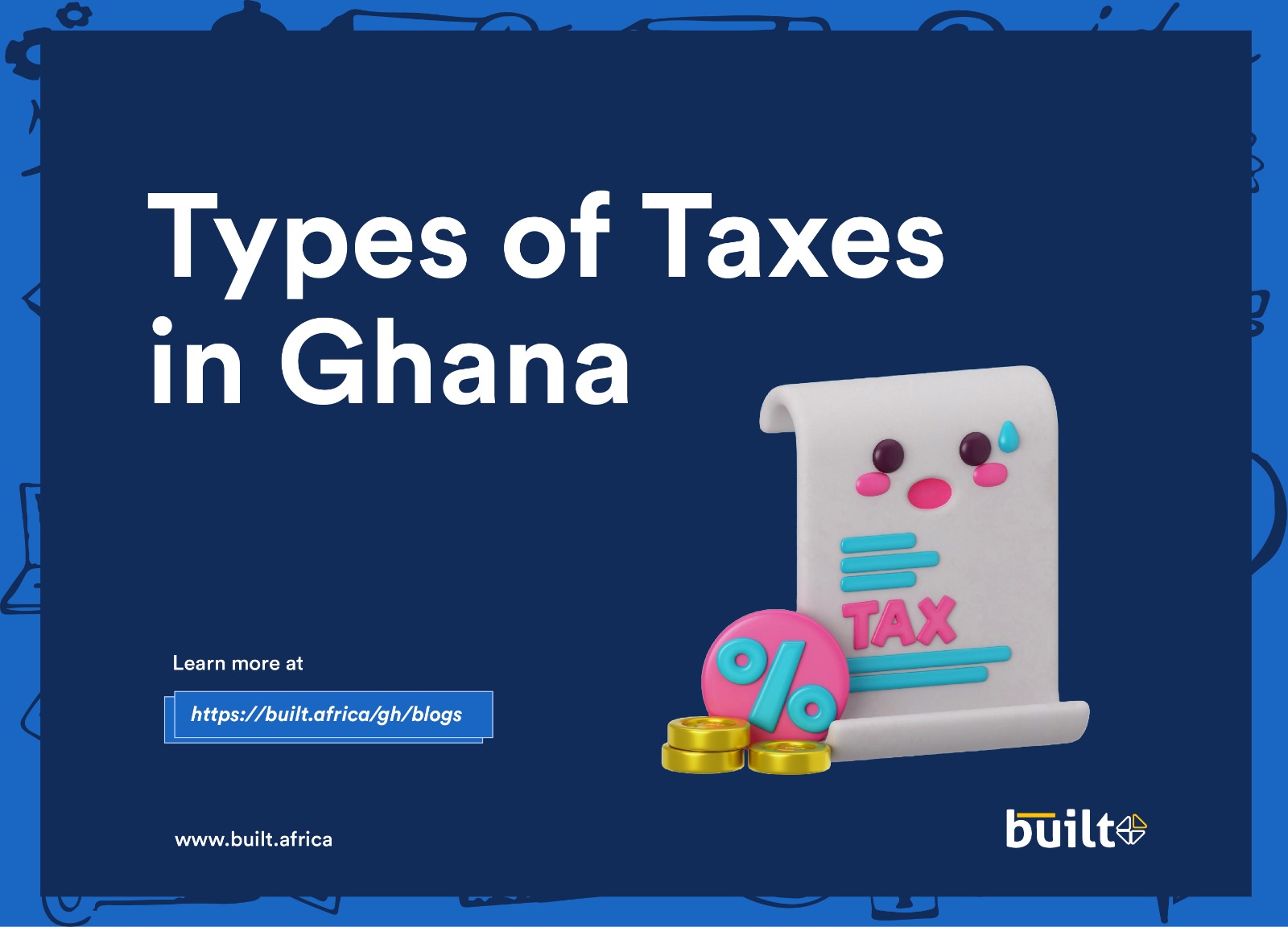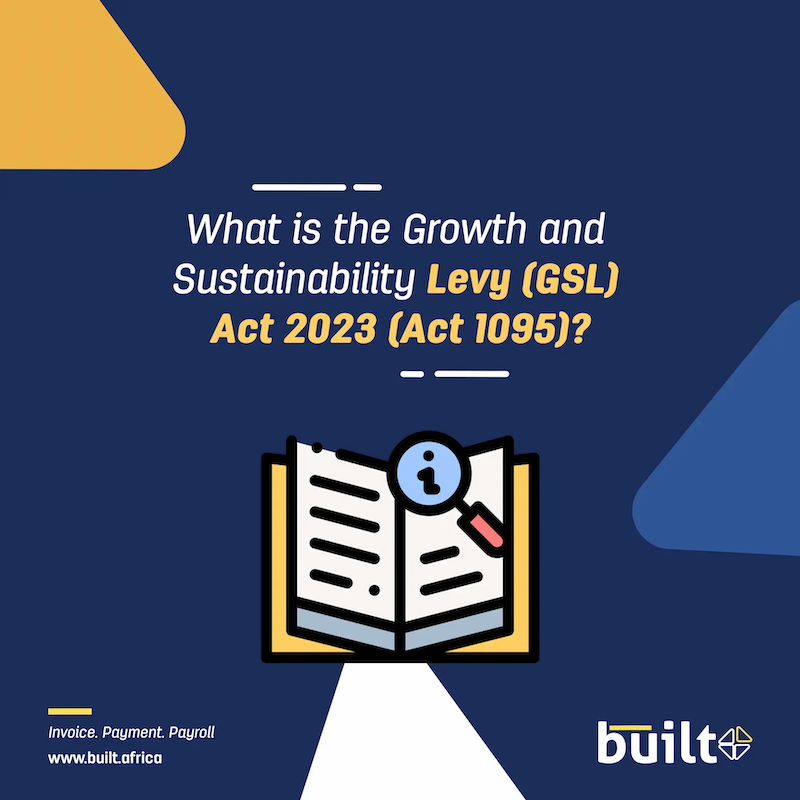
Social media buzzed on July 21st as emails from global ad giants like META landed in SME inboxes, announcing a new Value Added Tax (VAT) on ad purchases. This additional cost, effectively a tax on advertising, impacted everyone, from major corporations to individual ad buyers. For Small and Medium Enterprises (SMEs) already juggling budgets, comprehending the consequences for their digital advertising spending became a hot topic. This article dives into the details of this tax and its implications for Ghanaian advertisers.
INTRINSIC VAT RATES IN GHANA
Effective August 1, 2023, Ghana has implemented the following VAT rates on advertising services purchased:
VAT Standard: 15%
National Health Insurance Levy (NHIL): 2.5%
Ghana Education Trust Fund (GETFund): 2.5%
COVID-19 Health Recovery Levy (COVID-19 HRL): 1%
The VAT rate for advertising services is 15%, and it’s applied to the value of the ads. If advertisers have a business in Ghana, they also have to deal with NHIL, GETFund, and COVID-19 HRL, making the total VAT rate on advertising services 21.9%. For instance, if a business pays $100 for ads, they’ll be charged $21.9 in VAT, which is 21.9% of $100. So, the total cost for the ad becomes $121.9.
The introduction of VAT on advertising services can lead to increased costs for small and medium-sized enterprises in Ghana. This additional 21.9% tax can put pressure on advertising budgets, possibly affecting the frequency and scale of ad campaigns, especially for those heavily relying on digital advertising to reach their audience.
HOW TO RECOVER TAX
Small businesses in Ghana need to include the cost of VAT when budgeting for online advertising. This will help them avoid any surprises and make sure their ads are still effective. If an SME is registered for VAT, they can add their information, i.e., name, address, and VAT ID. This will be made available to the tax authorities.
A company may reduce its tax liability by deducting VAT standard on advertising payments from VAT on the goods and services it sells, paying the difference to GRA. Thus, if a registered company is required to pay 200.00 cedis in VAT standard to GRA but has already paid 150 cedis in VAT standard on ads purchased, the company can now pay 50.00 cedis (200-150) to GRA instead of the original amount. Looking for a system to track your VAT to assist with tax management? Sign up for Built now.

CONCLUSION
Small and medium-sized enterprises (SMEs) in Ghana should grasp the impact of the 21.9% VAT on their digital advertising expenses. Registered businesses can leverage tax laws by planning ahead, budgeting for VAT, and keeping accurate records to trim down advertising costs. Ultimately, staying informed and adhering to VAT regulations will enable SMEs to handle this tax change effectively and sustain their advertising efforts. Check out some helpful posts and join the Financial Revolution now!












No Comments